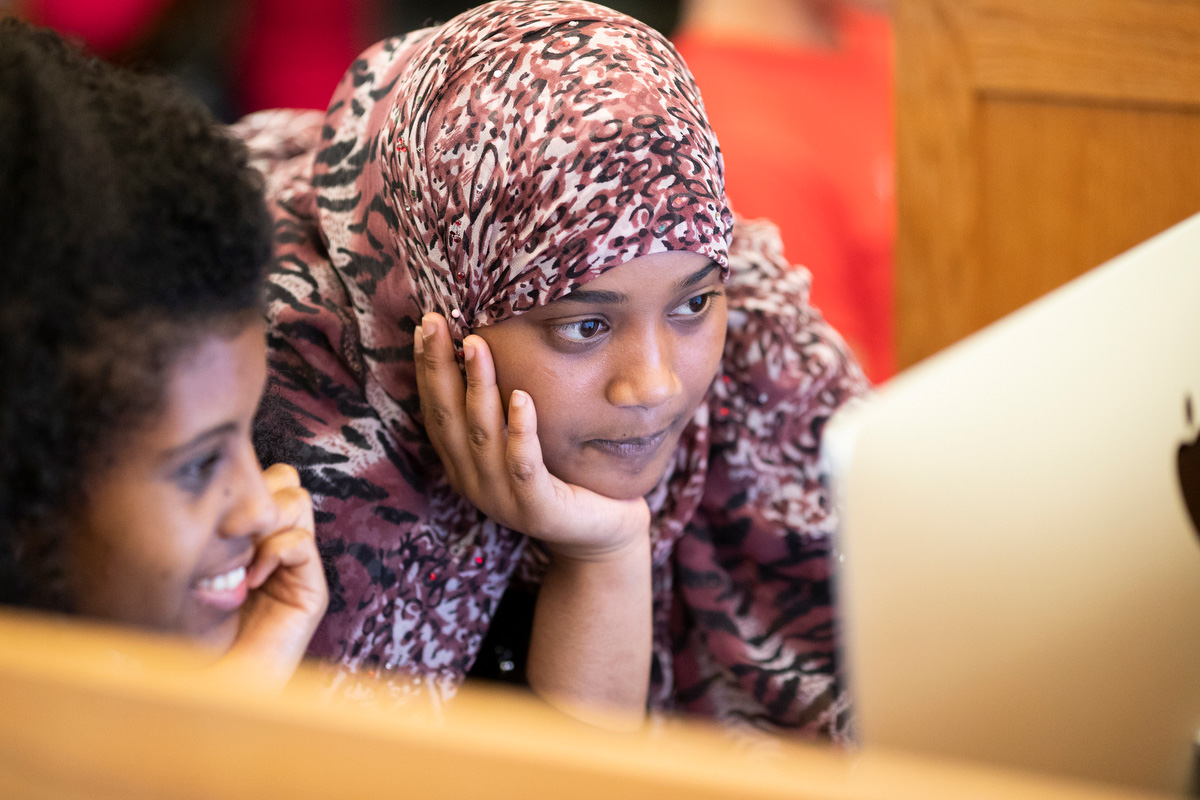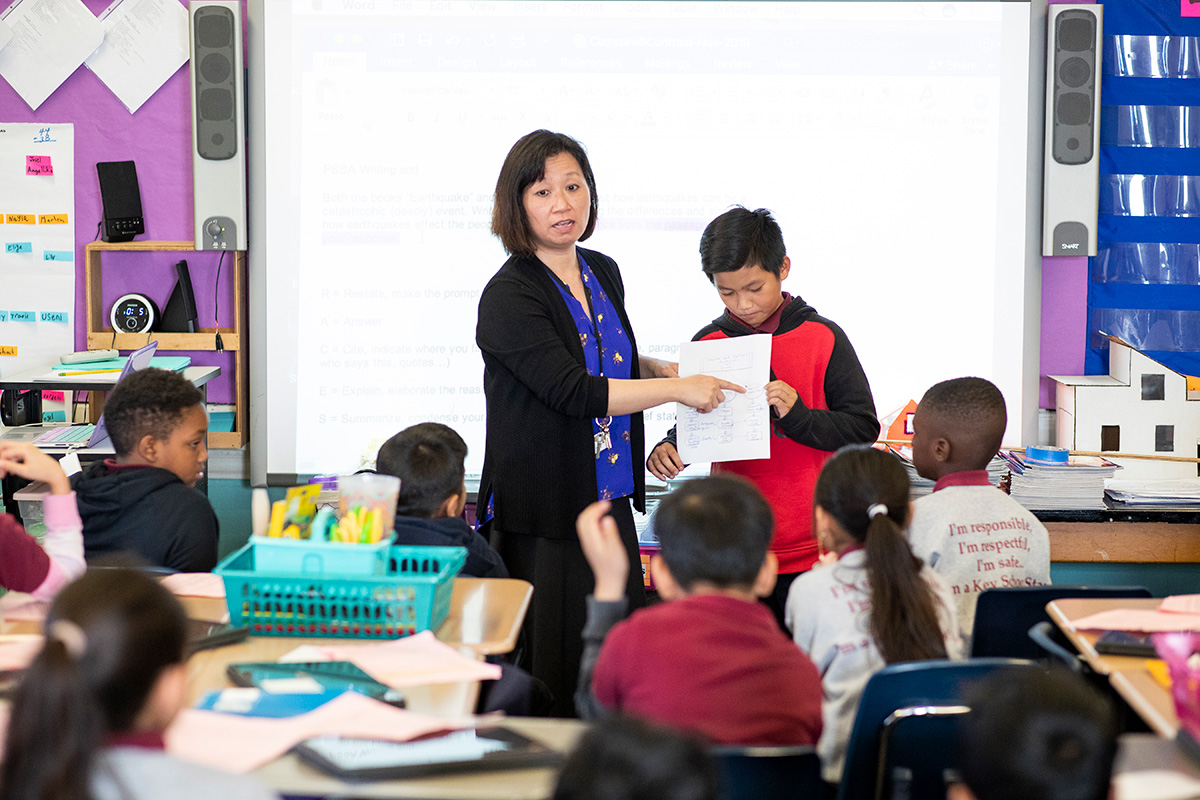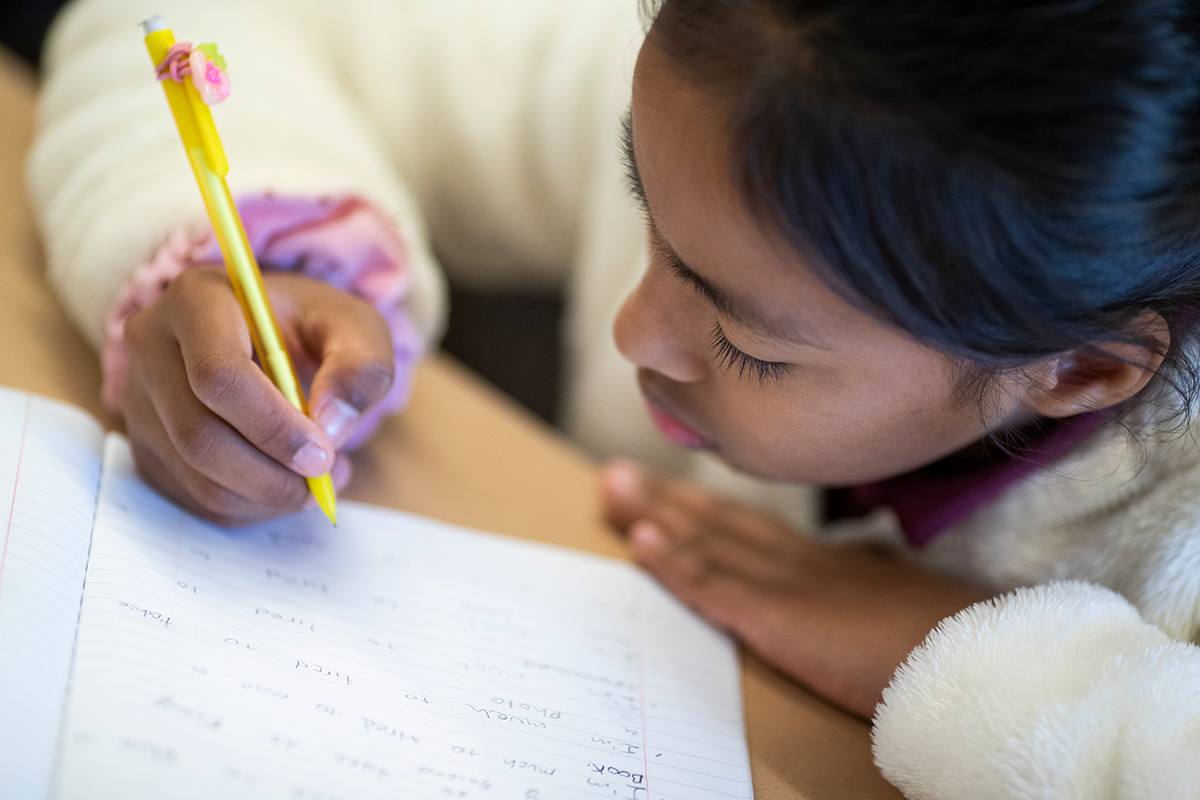Have Students Set Their Own Writing Goals
Teach the Writer, Not the Writing
Summary:
For teachers, it's vital to guide students in setting their own writing goals, promoting independence and self-reliance. Strategies like vision boards, goal-setting journals, and one-on-one conferences foster engagement and higher achievement in writing. Supporting individual goals alongside teacher objectives creates a nurturing learning environment.
What is it?
Learning to set personal goals and reflect on progress toward them is a vital life skill, and when we give students the opportunity to set goals for themselves, we provide them with the opportunity to learn and develop that skill. And as writers develop, the goals they set can develop, too. For that reason, having students set goals for themselves as writers is a good practice at any grade level.
Students can set their own goals for writing as well as create goals collaboratively during writing conferences with the teacher or with peers, and those goals can become a point of reflection throughout the course.
Writing goals can be behavioral or strategic. For instance, students may want to work on managing their time or resources, or they may want to be able to write better sentences or more interesting leads. For other students, learning to maintain focus or develop fluency might be important. And, as students develop their own goals, they are also invited to consider what evidence they might examine to see if they are making progress.
Why do it?
Several meta-analyses of research on teaching writing show that helping students to set writing goals is a research-based way to help students improve their writing. Planning and goal-setting help to shift the responsibility for the writer’s growth from the teacher to the writer by asking the writer to decide how they want to grow and change as a writer, and to make plans for how to do that, promoting self-reliance, independence, and autonomy. When students set their own goals as writers, teachers and peers can adopt constructive roles as respondents and thinking partners.

How can I incorporate this into my teaching?
A wide variety of common activities can be adapted to support goal-setting in writing and support students to set, monitor, and achieve their writing goals. Here are some writing activities that align with goal setting:
- Personal Writing Vision Board: Have students create a vision board centered around their writing goals. Provide them with magazines, art supplies, and access to digital resources. They can cut out words, phrases, and images that represent their writing aspirations and paste them on a poster or in a digital format. This visual representation of their goals will serve as a constant reminder and inspiration throughout the year.
- Goal-Setting Journal: Give students writing journals dedicated to goal setting. Instruct them to write down their specific writing goals, along with action plans on how they intend to achieve them. They can also jot down their reflections, obstacles they encounter, and strategies to overcome challenges. Encourage them to use the journal regularly to track their progress and celebrate their achievements.
- Letter to Future Self: Ask students to write a letter to their future selves, which they’ll read at the end of the school year. In this letter, they can articulate their writing goals and express their hopes and expectations for their progress. This activity encourages reflection and provides an opportunity for self-assessment and growth.
- Goal-Oriented Writing Projects: Design writing assignments that align with individual goals. For example, if a student’s goal is to improve their descriptive writing, assign a descriptive essay or creative writing piece. Tailoring assignments to students’ goals—or allowing them to choose and frame their own assignments—makes the writing task more meaningful and relevant to their personal growth. Linking goals to student-designed assignments fits well with classes that use choice boards or student proposal processes.
 When we invite students to set their own goals as writers, it’s important to honor those goals and treat them as meaningful. In many classrooms, that means that formal processes for reflection, feedback, and even assessment should incorporate students’ goals as well as teachers’ goals. Consider building processes such as these into your classroom routines.
When we invite students to set their own goals as writers, it’s important to honor those goals and treat them as meaningful. In many classrooms, that means that formal processes for reflection, feedback, and even assessment should incorporate students’ goals as well as teachers’ goals. Consider building processes such as these into your classroom routines.
- Progress Reports and Peer Feedback: Periodically, have students create progress reports on their writing goals. They can analyze their achievements, challenges, and adjustments made to their strategies. Additionally, consider incorporating peer feedback sessions where students share their goals, progress, and receive constructive input from their classmates.
- Goal-Setting Conferences: Conduct one-on-one goal-setting conferences with students. These conferences provide an opportunity for you to understand each student’s aspirations, provide personalized guidance, and track their progress closely. It also shows students that you are invested in their growth and development as writers.
- Journal Review Activities: In classrooms where students keep journals, such as the goal-setting journal described above, teachers can incorporate periodic review activities where students review their journal work with goal-focused questions in mind, perhaps annotating or highlighting passages that are relevant to them. These periodic reviews can become the basis for a self-assessment later in the course.
- Goal Celebrations: Set up a system of goal celebrations in the classroom. When students achieve a writing milestone or make significant progress towards their goals, celebrate their achievements.
In allowing students to set, plan for, implement, and monitor progress on their own goals, you can create a supportive environment that fosters self-directed learning and intrinsic motivation in writing. Students will develop a stronger sense of responsibility for their writing development, leading to increased engagement, a sense of ownership and responsibility for their own writing, an understanding that writing is a complex process of decision-making and problem-solving, and higher achievement in their writing goals.

